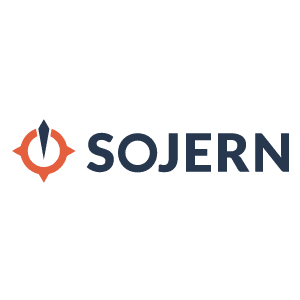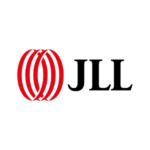 It’s no secret that global travel shutdowns have dramatically impacted travel and tourism markets. The U.S. Travel Association (USTA) estimates that the COVID-19 pandemic has cost the U.S. travel industry over $273 billion.
It’s no secret that global travel shutdowns have dramatically impacted travel and tourism markets. The U.S. Travel Association (USTA) estimates that the COVID-19 pandemic has cost the U.S. travel industry over $273 billion.
Internationally, the UNWTO estimates that revenue losses total $320 billion from 300 million visitors. These revenue losses have profoundly affected tourism and destination marketing organizations (DMOs), putting a squeeze on organizations that depend on much-needed tourist and tax dollars.
While it’s easy to think that the future seems bleak for tourism boards and DMOs, it absolutely is not. Vaccine distribution is ramping up and, with that, so is consumer confidence. Demand for lodging has moderately increased in Asia, EMEA, and the US, while Latin America is seeing a healthy increase in flight bookings. While lead time is shorter because consumers aren’t ready to make long-term commitments and many are traveling closer to home, it’s clear that a number of consumers are itching to book.
There is a massive opportunity for tourism boards to capitalize on the impending recovery – but they must overcome the challenges. By adjusting marketing strategies and catering to new consumers with new travel habits, DMOs and tourism boards can rise to the occasion. And the key to winning bookings lies in a revamped version of an old strategy: co-op marketing.
Breaking the stereotype of co-op marketing
Co-op marketing certainly isn’t new. Destinations have been running collaborative marketing campaigns that feature partners and combine messaging for years. A host DMO creates the co-op, establishes the fund that will be used for ad spend, and invites other DMOs, hotels, or attractions to join the coop. While co-ops have always enabled participants to stretch marketing budgets, particularly smaller organizations without a lot of buying power, there have always been unique challenges.
In the past, DMOs would show economic impact through increased visitation. While these metrics are still valid, in the face of decreasing budgets co-op participants need more. Participants need to know how to attract more visitors, get in front of the right travelers at the right time, and – most importantly – if their advertising efforts are actually working. And that is exactly why it’s time to rethink old co-op strategies.
Today’s co-ops have the power to engage travelers in new and exciting ways and even enable collaboration on critical issues such as sustainability. These new co-ops are tech-savvy, scalable, and help participants of all sizes to navigate complex COVID restrictions and employ best practices by vertical, such as hotels and attractions. Backed by advanced technology platforms, the new co-op is stretching marketing budgets and delivering better results.
The digital co-op
Unlike prior co-op models, technology will play a critical role in generating and tracking return on investment. Innovation, and the intersection between personalization and technology, has paved the path for digital co-ops. It’s now possible to identify when a person is starting to plan a trip and follow the individual all the way through the planning and booking journey. When co-op marketing leverages this type of technology, marketers can create engaging campaigns that capture consumer interest and drive value.
If co-ops want to capture that value, it’s imperative to use a platform that can manage best practices and budgets across the hotel, attraction, and destination partners. New platforms can deliver detailed performance reports based on specific KPIs to show impact for each organization. In addition, these platforms can tailor campaigns to include organizations and destinations of all sizes, meet a variety of participant goals, and accommodate any budgets without the need to meet certain spend thresholds. With the right platform, host DMOs will have macro-level goals relating to increased economic impact. The hierarchy will consist of multiple campaigns with micro-goals designed to drive ROI and other KPIs.
Creating a co-op that drives recovery
Creating a winning digital co-op starts with laying the right groundwork. First, any co-op must serve the needs of all participants. Ad spends, strategies and technologies must accommodate budgets of all sizes and be able to prove economic impact. Budgets are tighter than ever, so the co-op must be able to show all resulting bookings both for the host DMO and at a participant level. Processes and procedures, such as billing and creative management, must be simple and seamless to attract co-op members – and subsequent dollars.
In addition, all partners understand and adhere to any rules prior to joining the co-op. Given travel uncertainty and restrictions, every partner must understand all government rules, border issues, and quarantine, and health advisories – and they must be prepared to pivot quickly as regulations change. Now is the time to educate potential travelers about where they can go, what they can do when they get there, and what the destination offers regarding safety and sustainability.
The right co-op strategies enable DMOs to serve the entire market. By banding together to promote various destinations, digital co-ops can create a sustainable model that moves away from traditional funding sources while still driving bookings.



















